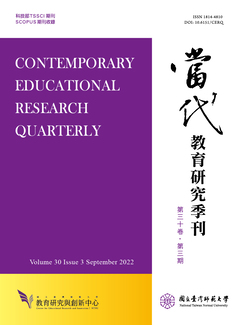

Issues related to remedial instruction to underachievers haveconcerned educators, researchers, and policy makers in Taiwan inrecent years. The “After School Alternative Program (ASAP)” ofMinistry of Education (MOE) and “Yonglin School of Hope” ofYonglin Education Foundation are the representative remedialprograms by the public sector (government agents) and private sector(non-profit charity foundation), respectively. The objective of thisstudy is to compare the implementation and effects of these 2remedial programs. The participants are second graders of theprimary schools. Major findings are: (1) the implementationframeworks of the 2 remedial instruction programs are different.From the screening and management of cases, the provision of theremedial material, the training and supervision of the remedialteachers, as well as the assessment of the effects, Yonglin programhas built a complete framework and maintained a consistentexecution. ASAP has more variation in the implementation becausethe teachers are free to make their own instructional decisions. Mostteachers adopt the materials used in the regular classes as theremedial teaching materials. In- service teachers still emphasize onthe homework completion. (2) Yonglin program shows better readingprogress than ASAP. The major significant differences betweenprograms are in word recognition and dictation scores; the differencein reading comprehension is not significant. (3) After one year ofremedial instruction, the progress of the students in Yonglin programis more significant than that of ASAP in both helping studentsmitigate difficulties in reading and writing, and match the level ofperformance of their peers.

This work is licensed under a Creative Commons Attribution-NonCommercial 3.0 Taiwan License.
Center for Educational Research and Innovation, National Tawain Normal University
162, Ho-Ping East Rd, Sec. 1, Taipei, Taiwan | Tel:+886-2-7749-3670 | E-mail: cerecerq@gmail.com
CERI | NTNU | E-mail Alerts | Open Journal System
© 2014 CERI-NTNU
